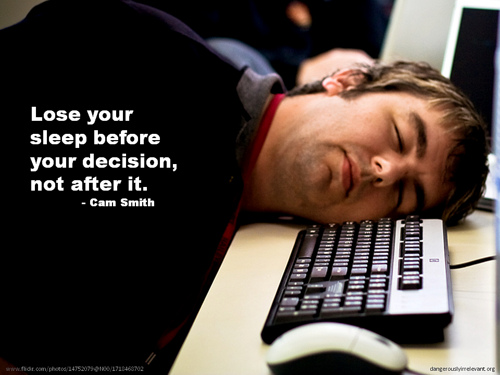I was a long-time subscriber to Edutopia but the magazine arrived back in Minnesota and I was living in S.E. Asia. Summer was too short to read all the periodicals waiting for me when I arrived home, so I didn’t really understand what an amazing resource Edutopia is.
This past month, following links posted by my PLN on Twitter, I discovered their Schools that Work section of their website, as you can see in my previous post. Today I followed a tweet from Kim Cofino.
That article and the accompany video were useful, showing me how one elementary school has built in different sorts of collaborative planning meetings.
Having now found two different sets of using tech integration articles on the Edutopia site, I wished I had some way to keep on top of their tech integration videos. While reading the comments to that post, I found out that there is. Enter iTunes U!
I suspect that readers of this blog are familiar with Apple’s iTunes software. However, they may not have taken the time to explore the iTunes U section. Or, like me, they may have explored it in the past and not found much for elementary teachers and their students.
Fortunately for me, I’ve found two great resources on their in the past month. The first is an Edutopia tech integration subscription. It is free and can show up in your iTunes just like other podcasts. These are video podcasts that you can watch on your computer or on your pod if it is the type that plays video.
The other great resource is a real find if you use the California Edition of the elementary FOSS science kits. At this time, the kits still have their teacher preparation videos which help teachers prepare to teach the modules. They are especially helpful when you are trying to set up an experiment for the first time. Unfortunately, these videos are in VHS format and FOSS does not yet provide them in DVD format. Starting next year, we will no longer have VHS tape players in our school since they are now extremely difficult to buy and maintain here in Singapore. The videos are viewable on the FOSS website as Flash videos. However, teachers wanted to be able to download the videos. The website is not designed to allow you to easily do this, and most teachers don’t know how to capture a flash video. The good news is that FOSS is adding these videos to iTunes U. We could not find them by searching the iTunes store, but there is a link on each video page on the FOSS website that brings you to that same video in iTunes U. FOSS does not yet have all of the videos online, but you can see which ones are by visiting this page in iTunes U.
What iTunes U finds are you using? Please leave me a comment and tell me about them.




